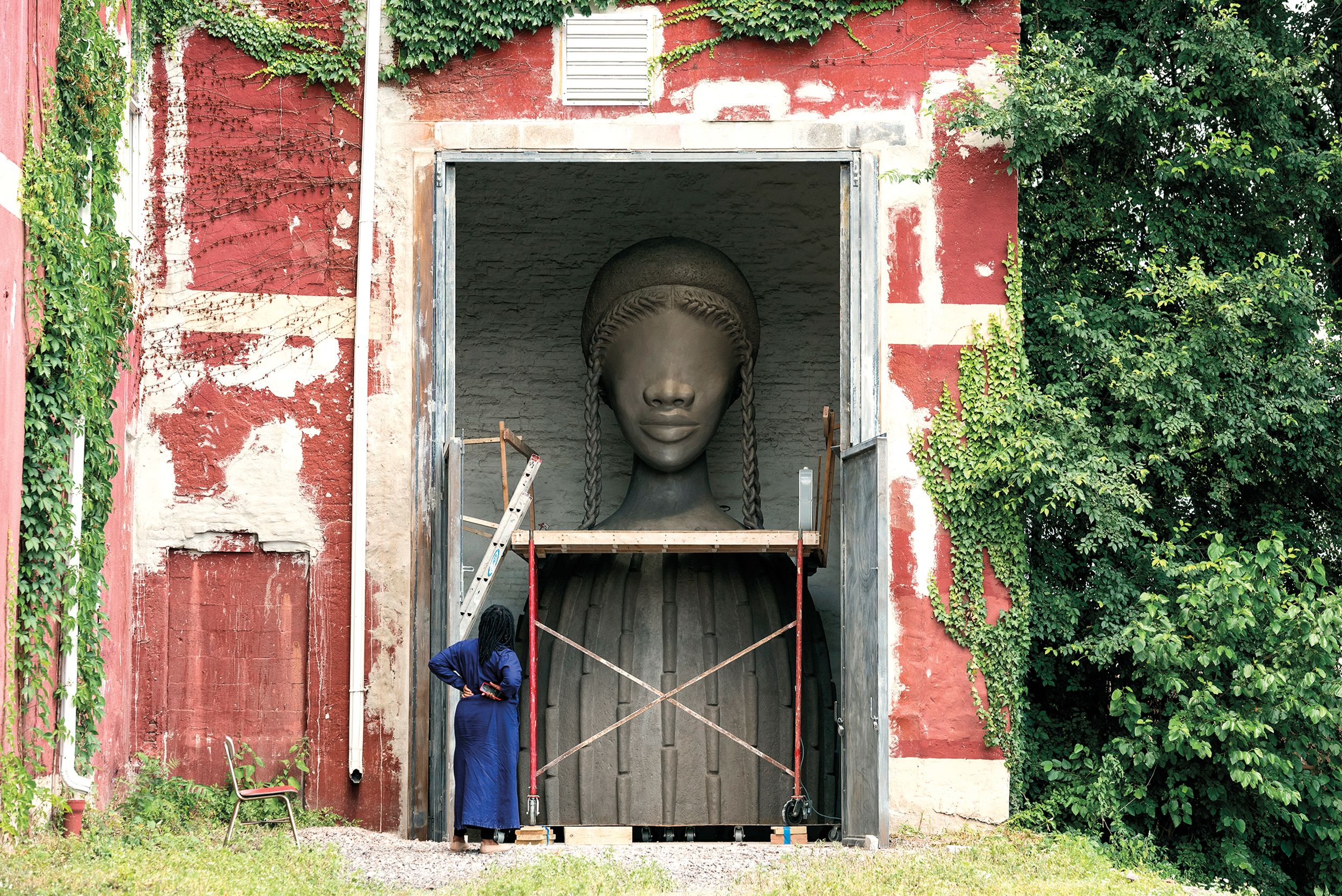Katherine McKittrick, "Plantation futures," Small Axe: A Caribbean Journal of Criticism 17, no. 3 (2013): 1–15, 11.
Ibid., 8.
Kumeyaay traditional architecture worked with naturally adaptive materials that were moisture responsive to build ’ewaa that were cool in the summer and warm in the winter. Laguna Resource Services, Inc., Kumeyaay Heritage and Conservation (HC) Project: Learning Landscapes Educational Curriculum (El Cajon: Kumeyaay Diegueño Land Conservancy, 2016).
“Where is that place where what should not ‘happen to nobody’ happens every day?” Denise Ferreira da Silva discusses the relationship between exceptionalized places of violence and people exceptionalized as non-persons. Settler utopias depend on these racialized places/bodies where exceptional harm is naturalized. Denise Ferreira da Silva, “No-bodies: Law, raciality and violence,” Griffith Law Review 18, no. 2 (2009): 212–236.
Interestingly, the builder started phasing out the name Plantation Homes in August 2020, just as I finished writing this essay, in favor of Coventry Homes, which only further echoes the ways that American plantations referenced imaginary British aristocratic lifestyles. See Plantation Homes; Coventry Homes, “Coventry Homes,” YouTube, August 13, 2020, ➝.
See: Sylvia Wynter, “Novel and history, plot and plantation,” Savacou 5, no. 1 (1971): 95–102; McKittrick, “Plantation futures.”
George Beckford as quoted in McKittrick, “Plantation futures,” 5.
McKittrick, “Plantation futures,” 9.
Kate McCoy, “Manifesting Destiny: A land education analysis of settler colonialism in Jamestown, Virginia, USA,” in Land Education: Rethinking pedagogies of place from Indigenous, postcolonial, and decolonizing perspectives, eds. Kate McCoy, Eve Tuck, and Marcia McKenzie (New York: Routledge, 2016), 88.
McKittrick, “Plantation futures,” 10.
Ibid.
Wynter, “Novel and History,” 100.
McKittrick, “Plantation futures,” 12–15.
This act reminds me of how Kumeyaay warriors burned down the first California Mission (San Diego de Acalá), shortly after it was built. See David F. Riggs, “Jamestown During the Civil War,” National Park Service, April 12, 1999, ➝.
“Bench By The Road Project,” The Toni Morrison Society, 2020, ➝.
McKittrick, “Plantation futures,” 9.
Bert Roughton, Jr., and Brad Schrade, "Records show a neighborhood on edge before Arbery's final run: Brunswick Area Shooting," The Atlanta Journal-Constitution, May 17, 2020, ➝.
McKittrick, “Plantation futures,” 9.
“Bench By The Road Project.”
Nicquel Terry Ellis, “‘A good kid’: Ahmaud Arbery remembered as ‘humble guy’ with plans to become an electrician,” USA Today, May 15, 2020, ➝.
Alexis Pauline Gumbs, “June Jordan and a Black Feminist Poetics of Architecture,” Neo-Griot, March 21, 2012, ➝.
Kevin Kryah, “6 Wild Predictions of the Future from Esquire's Archives,” Esquire, May 18, 2015, ➝.
June Meyer, “Instant Slum Clearance,” Esquire, April 1, 1965, ➝.
This is not intended as a rhetorical question. It connects to other questions: What is the architecture of refuge, of fugitivity? What is the architecture of Indigenous sovereignty? What is the architecture of Black and Indigenous futurity?
Charles Davis II, “Black Spaces Matter,” Aggregate 2, March 2015, ➝.
Gumbs, “June Jordan.”
Denise Ferreira da Silva, “How,” e-flux journal 105, December 2019, ➝.
